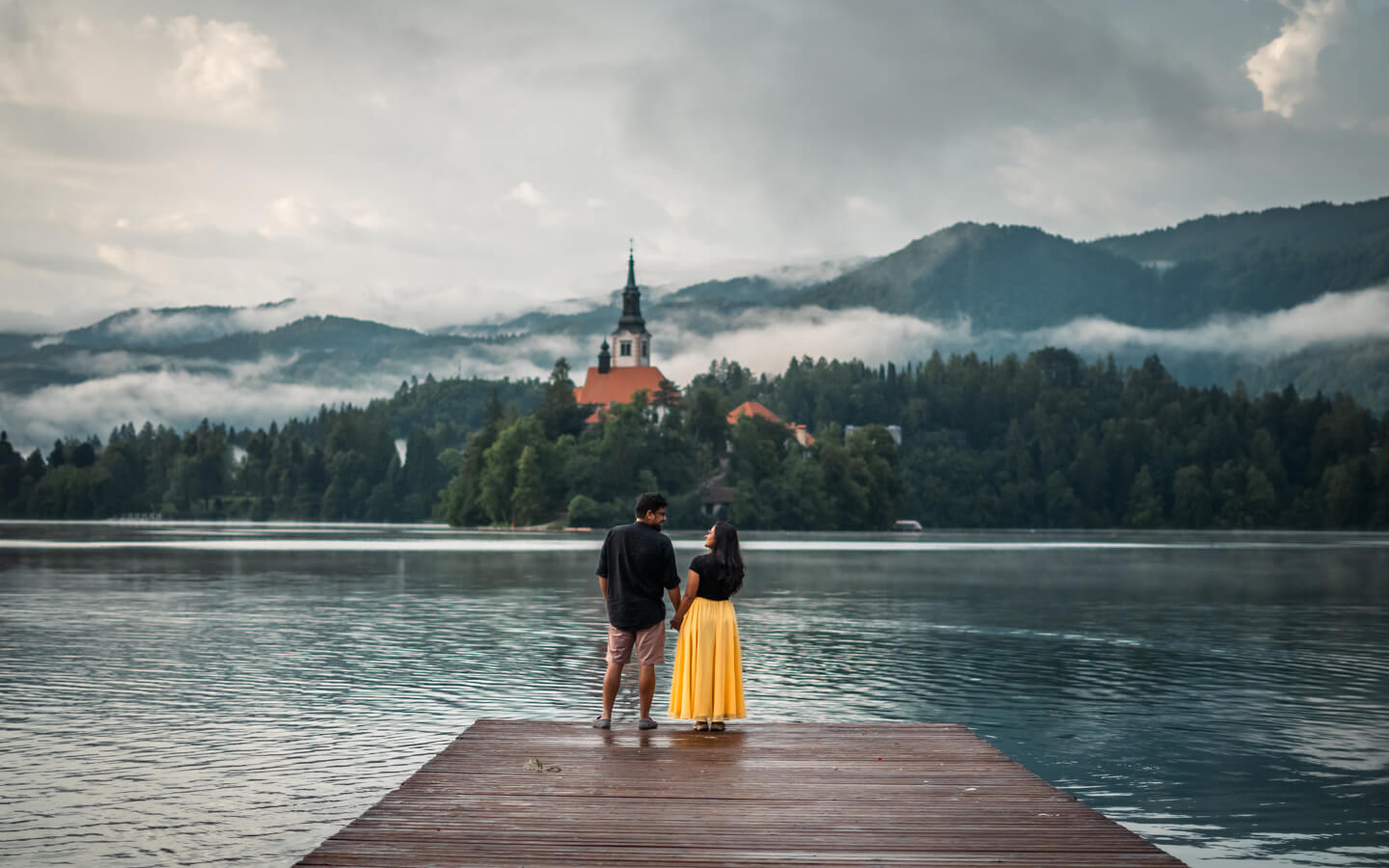We always wanted to experience a long and dreamy European summer trip: sun-soaked days and walks on cobbled stone streets with a gelato in hand through charming cities where the streets and squares are alive with people having a good time. Don’t get me wrong, European summer travel does have its disadvantages but it never took away from how we felt there—blissfully happy!
This was our first time in the European Union because the cumbersome visa process always dissuaded us earlier. But this time, while planning our 6-month world trip, it made sense to add Europe to our itinerary, get a longish visa and make the most of the considerable visa fee.
So now we bring to you our 10-week Europe itinerary for a blissful summer, which is perfect for first-time visitors. Following this itinerary, you’ll visit 11 countries in 70 days. It has a good mix of countries from different regions of Europe, so you get a great idea of what Europe is all about and how regions differ.
10-Week Europe Itinerary
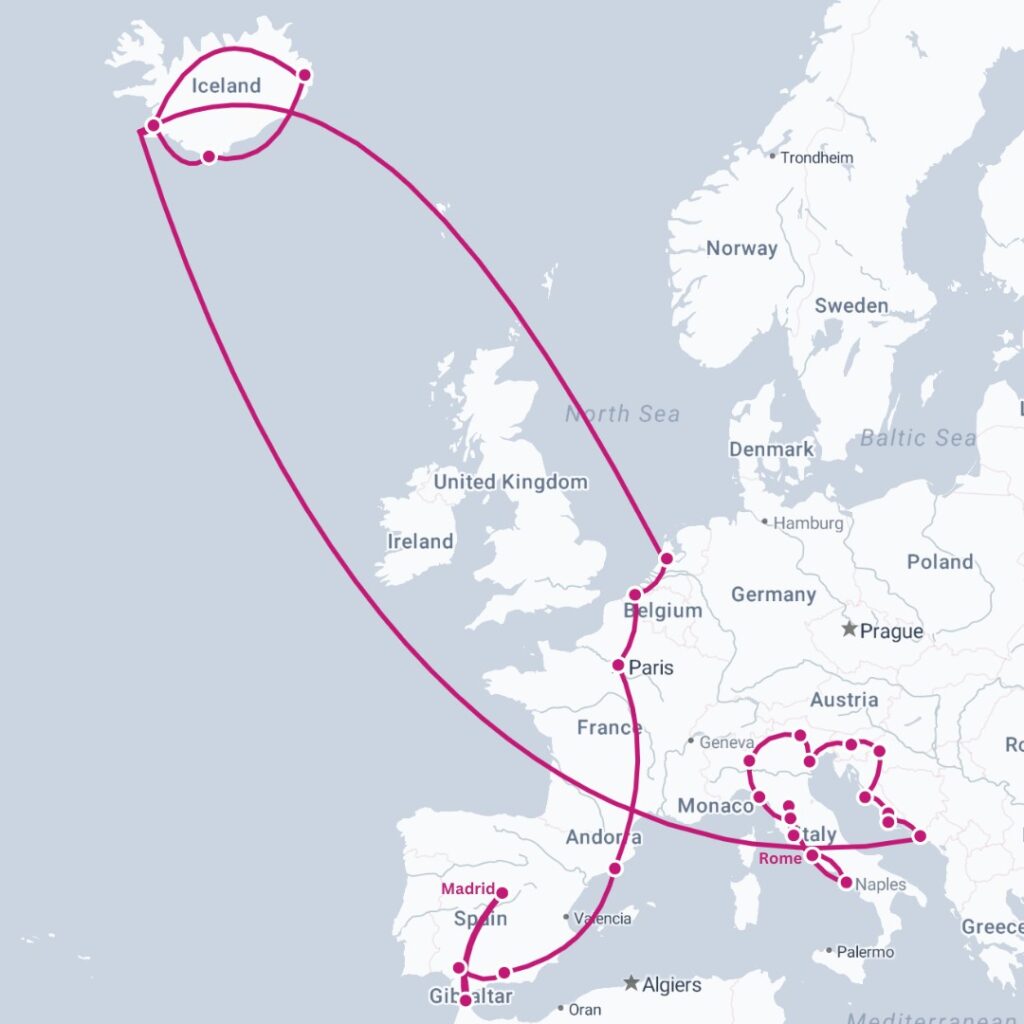
This is a quick overview of our 70 days in Europe itinerary. You can continue to read further or use these headers to navigate.
Day 1 to 21: Italy | 21 days
Day 22 to 24: Slovenia | 3 days
Day 25 to 37: Croatia | 13 days
Day 38 to 47: Iceland | 10 days
Day 48 to 52: Amsterdam, Netherlands | 5 days
Day 53 to 54: Brugge, Belgium | 2 days
Day 55 to 61: Paris, France | 7 days
Day 62 to 70: Spain | 9 days
The map given below is an interactive map of Europe that shows the route we took. Our 10 weeks in Europe were divided into three sections: Southern/Central Europe, Iceland and Western Europe.
Note that when the itinerary below mentions 4 days in a specific city, it actually means that we had a full 3 days and 4 nights in the city. The first day was spent travelling to the city, checking in at the hotel and walking around and the next 3 were for exploring.
Quick Booking Links
✈️ Flight Search: Skyscanner
🏨 Hotels: Booking.com and Expedia
🏩 Hostel: Hostelworld.com
🚘 Rental Car: DiscoverCars.com
🚌 Bus: Flixbus, Busbud
🚞 Train: Omio (Europe), 12Go (Asia)
🗽 Tours and Activities: GetYourGuide
🧳 Luggage Storage: RadicalStorage
📞 E-sim: Airalo
📄 Travel Insurance: SafetyWing
🪪 International Driving Permit: International Driver’s Association
Italy and the Vatican: 21 days
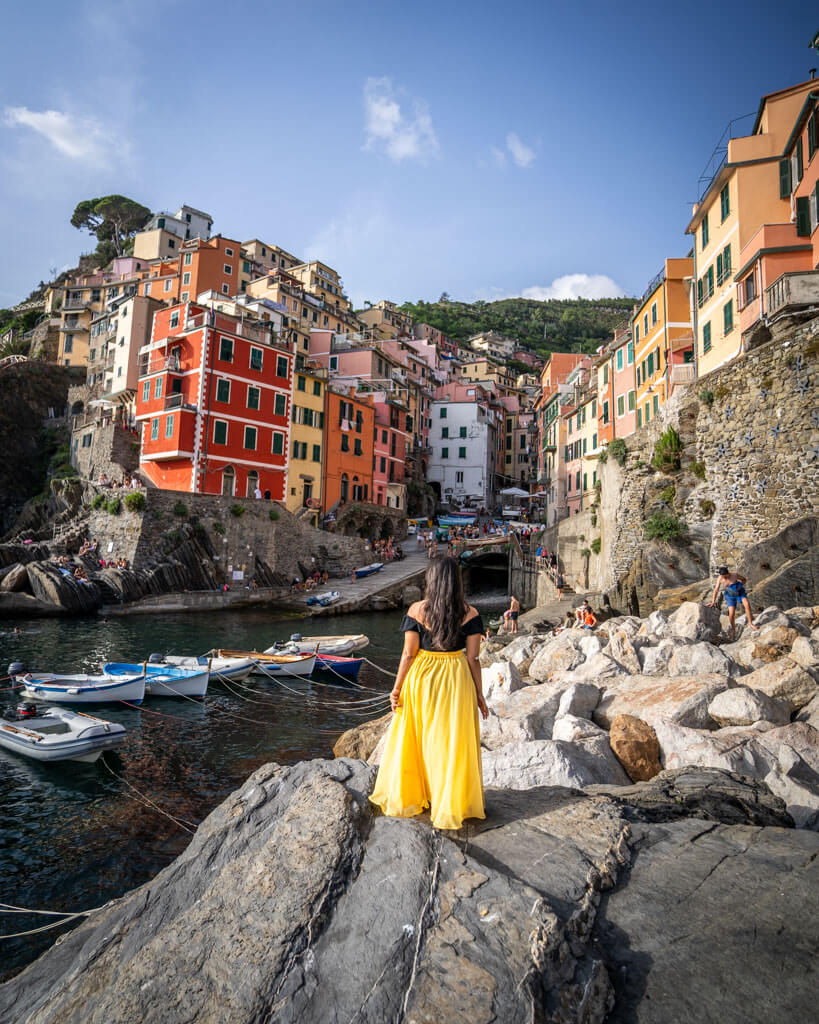
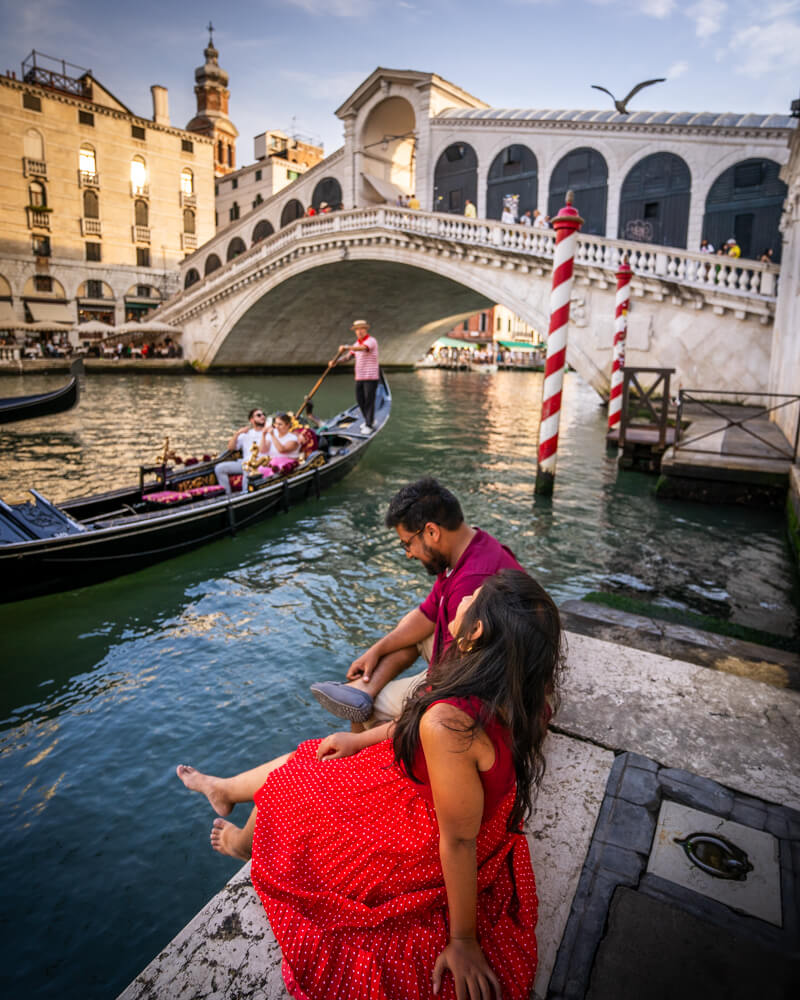
Why visit Italy? History, art, architecture, food, wine, coffee, medieval towns, and nature.
Italy was our first destination in Europe and one of our most anticipated ones as well. Italy has so much to offer to all types of travellers, be it history buffs, art enthusiasts, foodies, or nature lovers. We spent 21 days in Italy travelling from Rome to Venice and it didn’t feel like it was enough. We explored central and northern Italy this time but hope to go back to explore southern Italy someday.
We mostly took trains to get from one place to another and rented cars to explore the region of the Dolomites and Tuscany.
Given below are the cities we visited and the number of days spent in each:
- Rome: 4 days
- Naples: 1 day
- Florence: 3 days
- Tuscany: 3 days
- Cinque Terre: 2 days
- Milan: 2 days (with a day trip to Lake Como)
- Dolomites: 4 days
- Venice: 2 days
Slovenia: 3 days
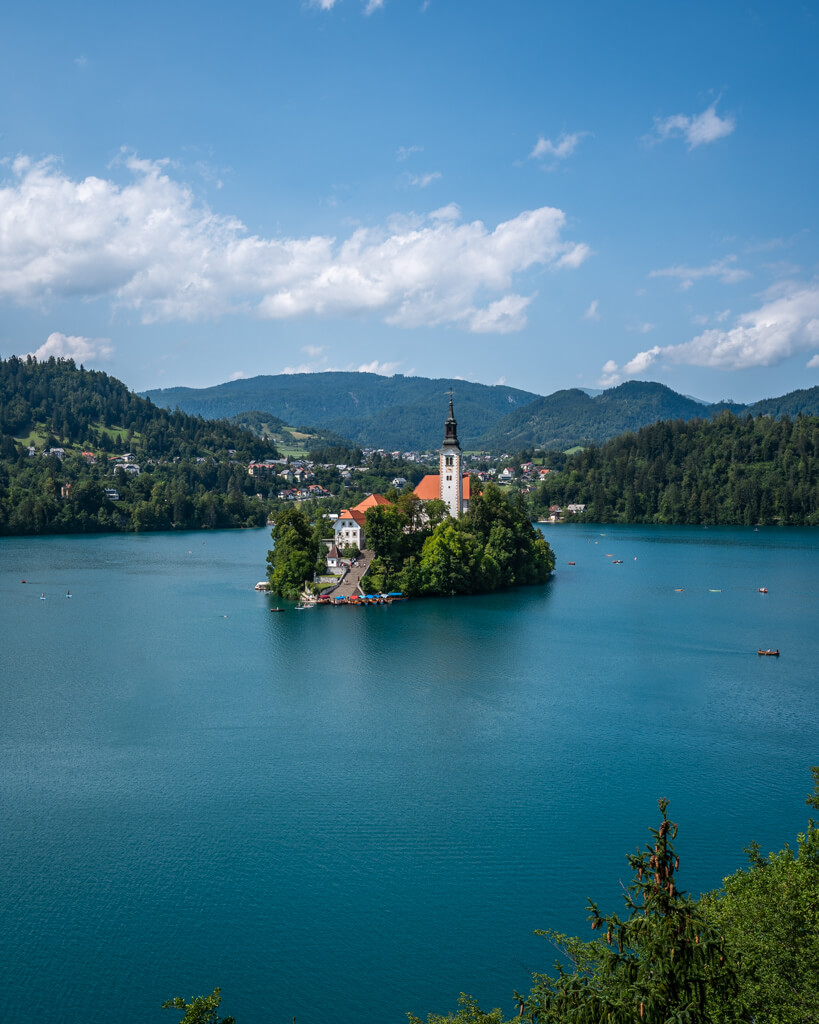
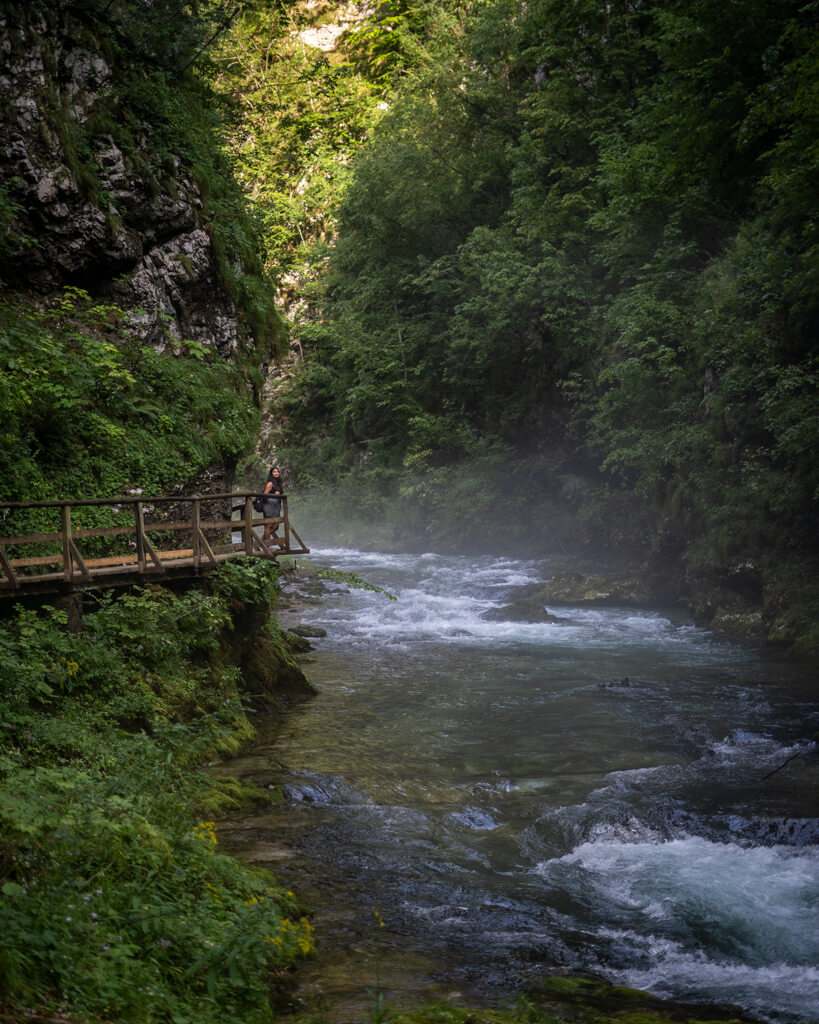
Why visit Slovenia: Clean and green cities with a lively vibe and serene lakes and mountains. It is still quite underrated!
We took a FlixBus from Venice, Italy, to the capital of Slovenia, Ljubljana. We had actually decided to take the regional trains but things didn’t turn out the way we expected and we reached the city only in the evening by bus. I highly recommend pre-booking FlixBus from Venice to Ljubljana so that you can maximise your day here because it has an amazing vibe you don’t want to miss.
We hired a car for 2 days to explore Lake Bled and its surroundings. We rented the car from the airport in Ljubljana and returned it there as well to continue our journey into Croatia.
Slovenia turned out to absolutely incredible. The people were so friendly, the cities were so green and beautiful, it wasn’t crowded at all, and the nature in general was just superb. I highly recommend you visit this underrated gem.
Given below are the cities we visited and the number of days spent in each:
- Ljubljana: 1 day
- Bled: 2 days
Croatia: 13 days
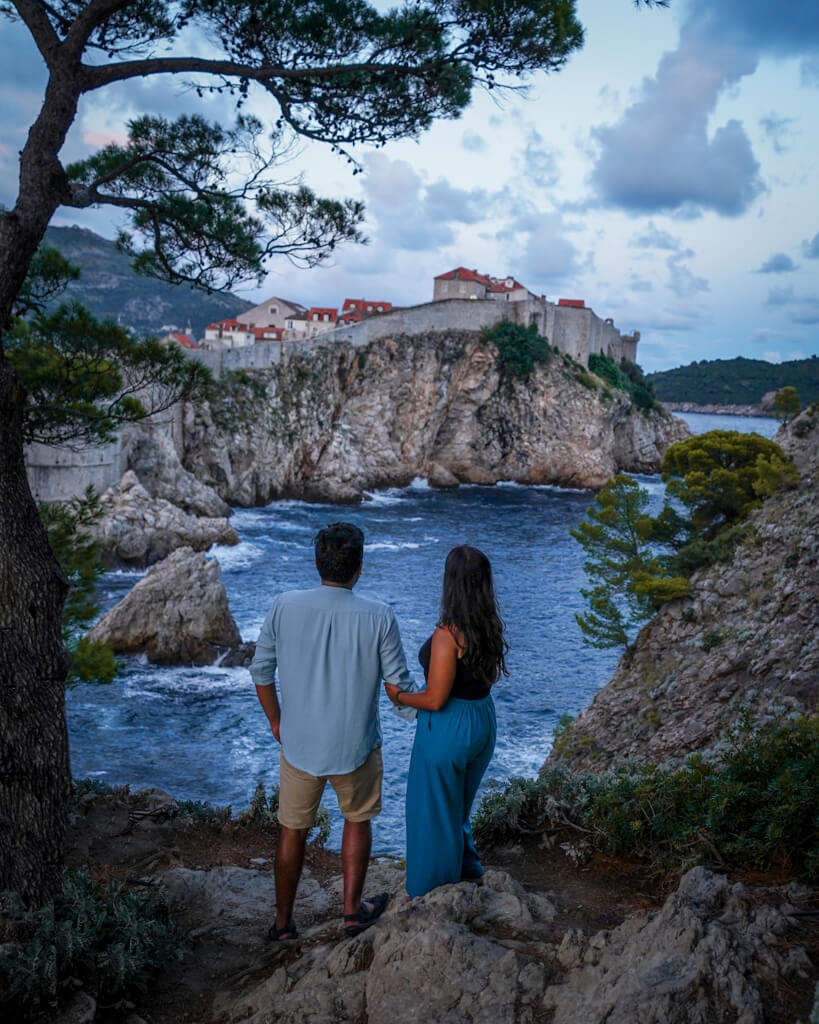
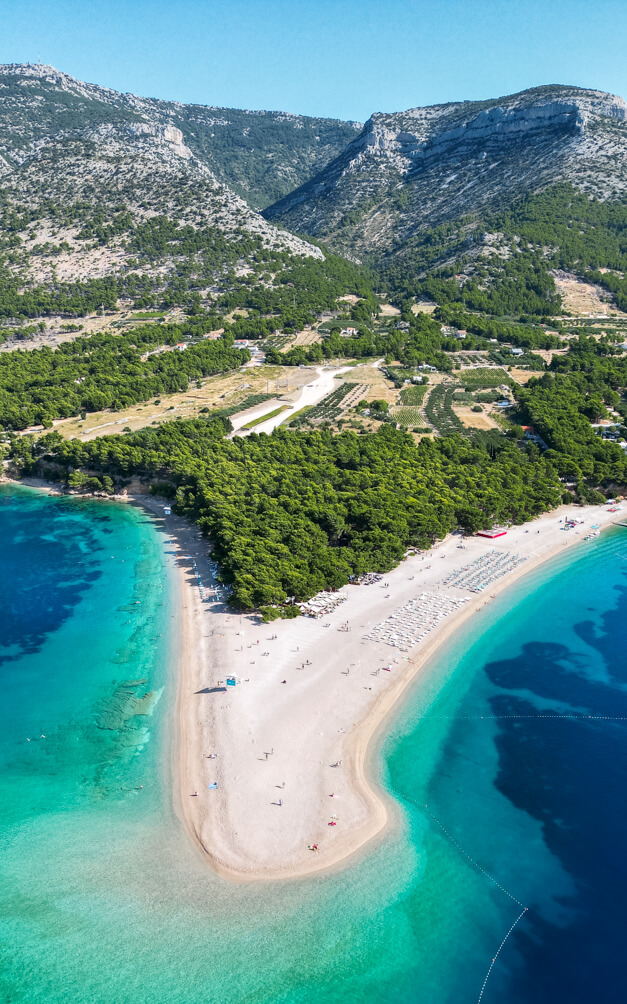
Why visit Croatia? Laid-back summer vibes, stunning coastline with crystal-clear water, Game of Thrones locations, charming cities and towns
We took a FlixBus from Ljubljana to the capital of Croatia, Zagreb. We then rented a car and did a road trip until Split, where we returned the car. After that, we took ferries till we finally reached Dubrovnik.
Croatia was a last-minute addition to our itinerary. If our friends hadn’t spoken so highly about it, we’d have never visited. Since Croatia was once under Venetian rule, its architecture is obviously highly inspired by it. You’ll find the most gorgeous old towns within the city, that are an absolute pleasure to walk around and admire. And over and above that, the waterfalls and coastline with crystal clear water are to die for.
The best bit is that you can also do day trips to other countries from here. So we took advantage of the opportunity and took two-day trips to neighbouring countries like Bosnia and Herzegovina from Split and Montenegro from Dubrovnik.
Given below are the cities we visited and the number of days spent in each:
- Zagreb: 1 day
- Zadar: 1 day
- Split: 4 days (day trip to Bosnia and Herzegovina)
- Hvar: 3 days
- Dubrovnik: 4 days (day trip to Montenegro)
Iceland: 10 days
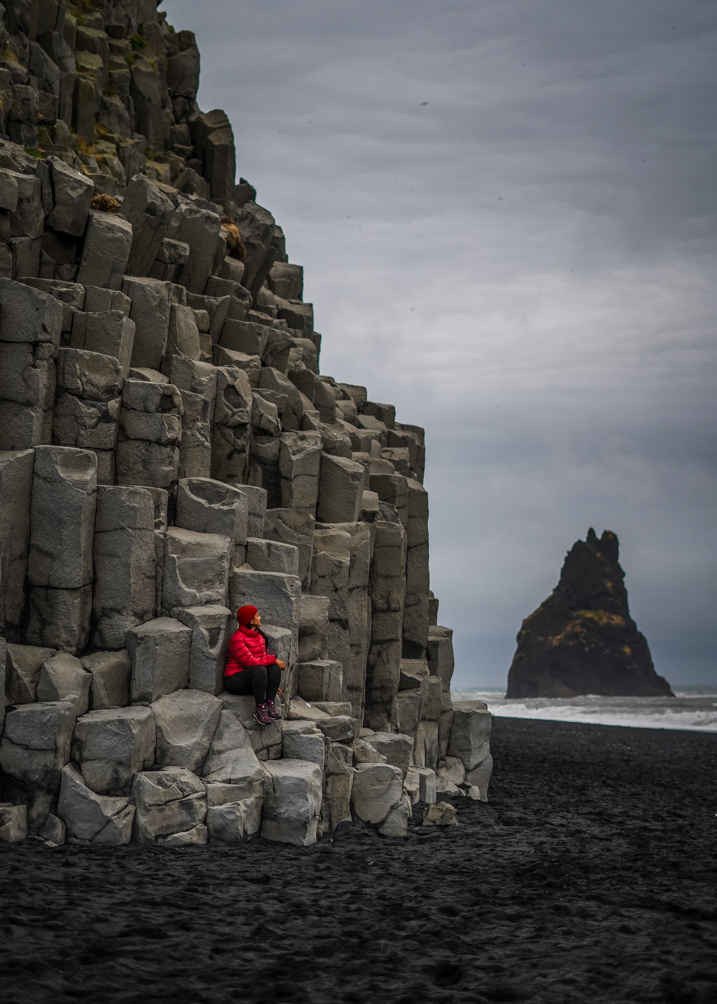
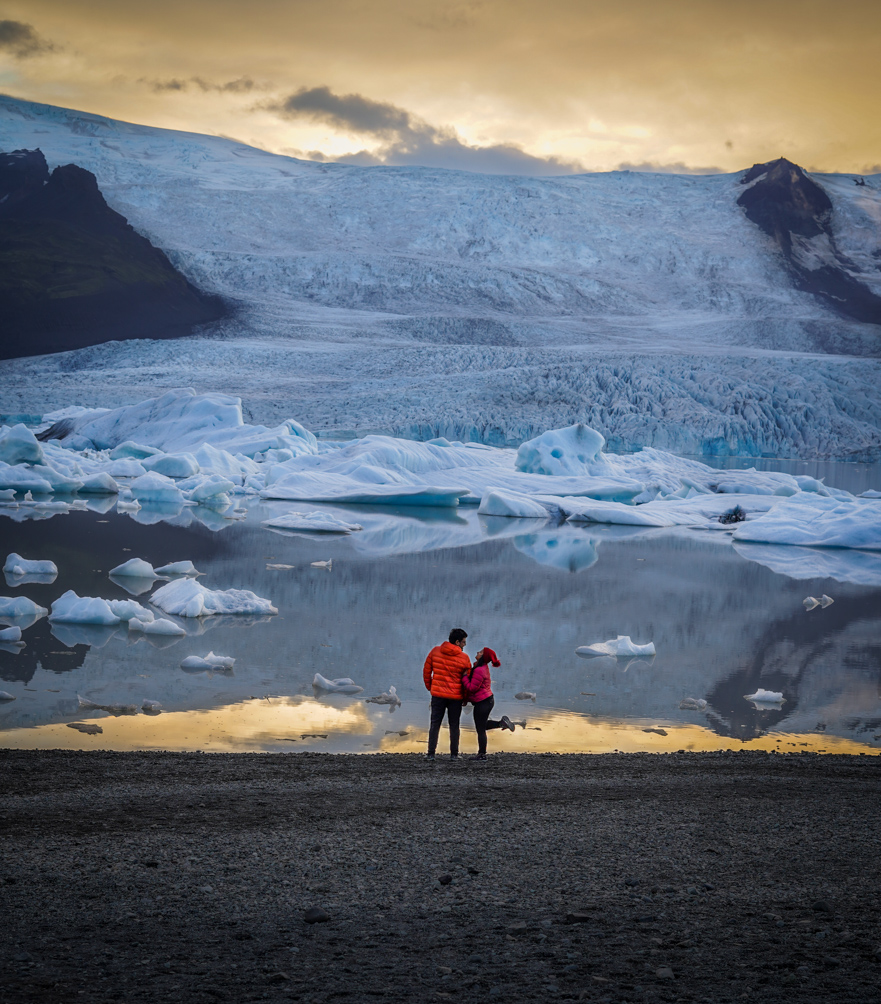
Why visit Iceland? The most gorgeous volcanic landscapes! Enough said.
We took a flight from Dubrovnik to Keflavik in Iceland, where Iceland’s main international airport is located. We rented a car at the airport itself and spent the next 10 days road tripping along Iceland’s famous Ring Road, seeing black beaches, icebergs, waterfalls and some insane landscapes. This was probably the most tiring part of our 10 weeks in Europe but also the most rewarding.
Amsterdam, Netherlands: 5 days
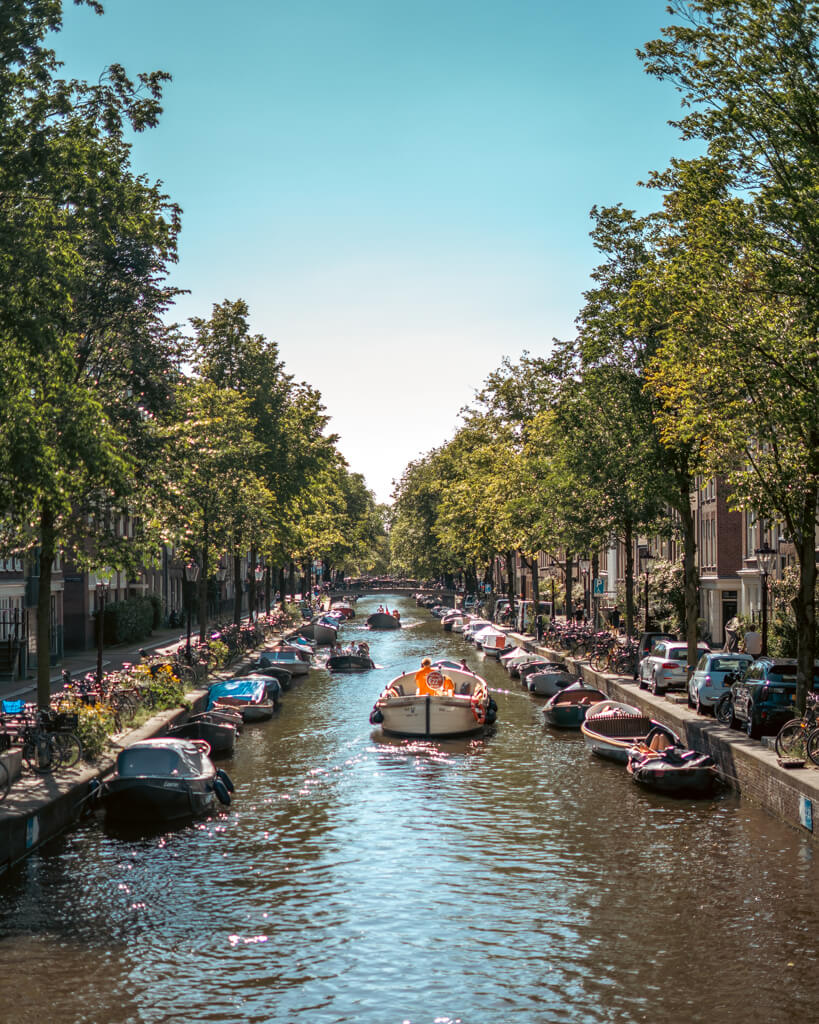
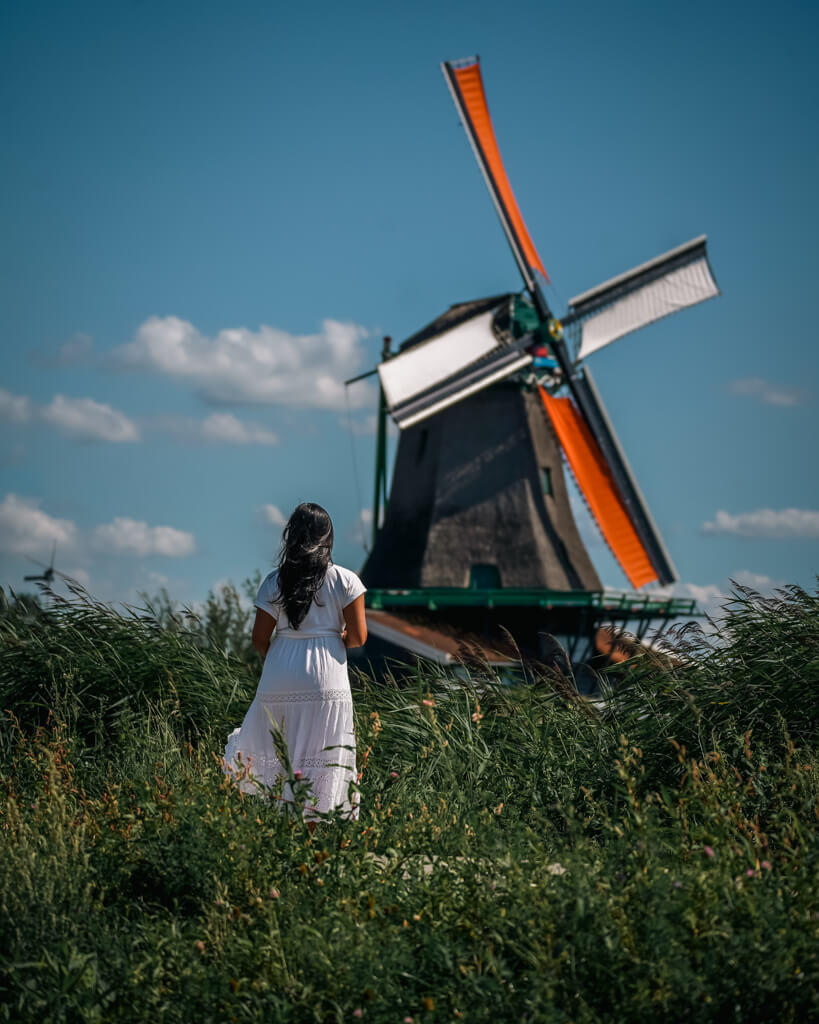
Why visit Amsterdam? For beautiful canals, museums, stroopwafels, fries and a charming countryside.
We flew from Iceland to Amsterdam in the Netherlands and spent the next 5 days relaxing, visiting some museums, and admiring the beauty of the city. Travelling in Iceland took a toll because of the harsh weather, limited food options, and basic accommodations. Spending a few days in Amsterdam was the perfect way to recover and enjoy the rest of our summer in Europe.
Brugge, Belgium: 2 days
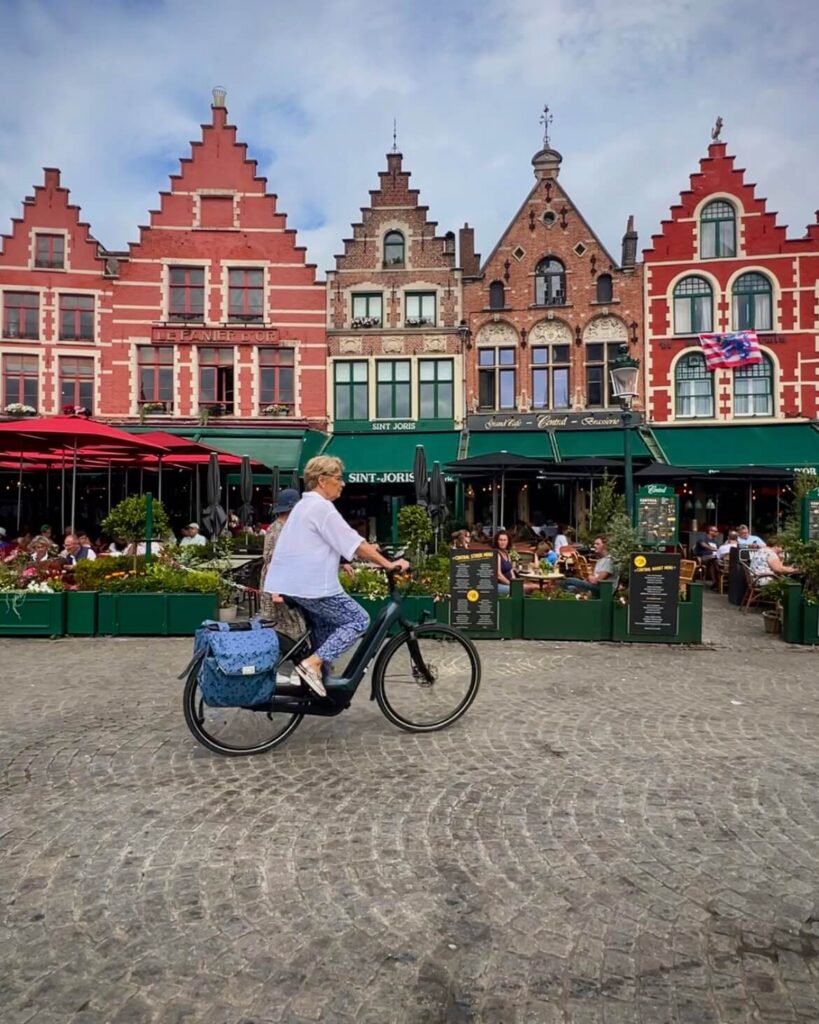
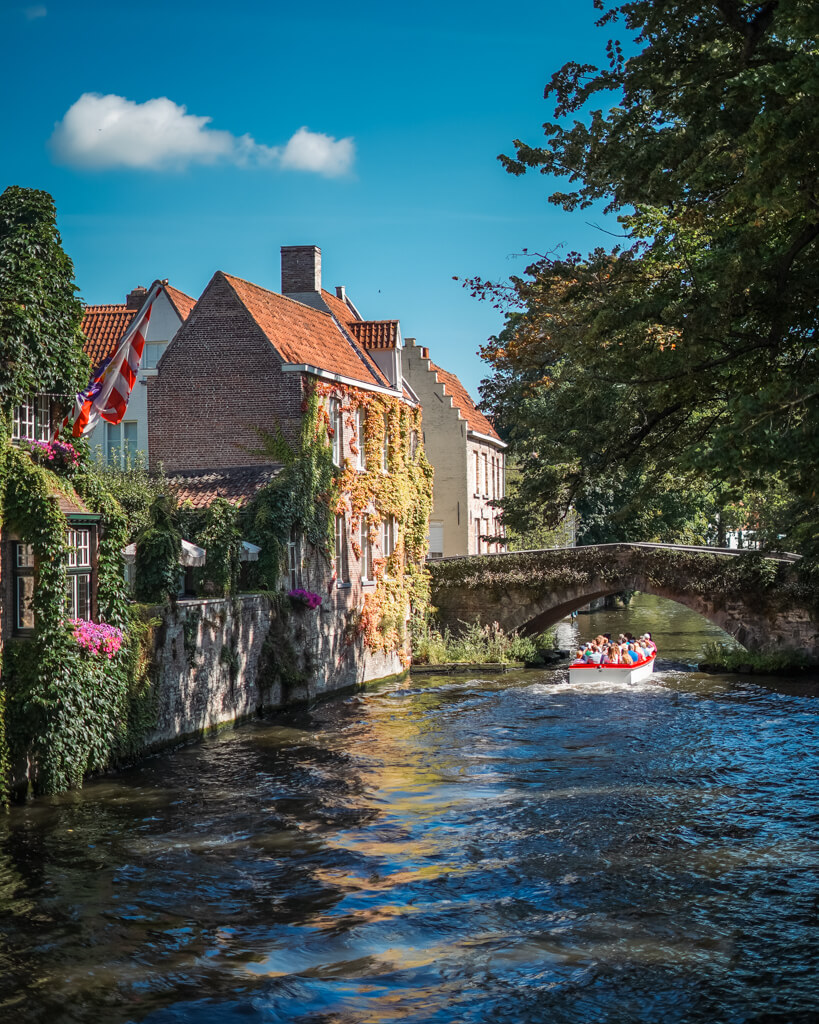
Why visit Brugge (Bruges): Stunning medieval city, Belgian beer, Belgian waffles, Belgian fries
We had no intention of adding Belgium to our itinerary. However, a friend mentioned that Brugge is the most beautiful city he’s ever been to. So we had to check it out.
We took a train from Amsterdam to Bruges and spent two days admiring this gorgeous city with Gothic buildings that are grey and red, surrounded by canals. The buildings have an old-world charm with vines growing over them. Our friend was right; it’s probably the most beautiful city we’ve ever been to as well.
Paris, France: 7 days
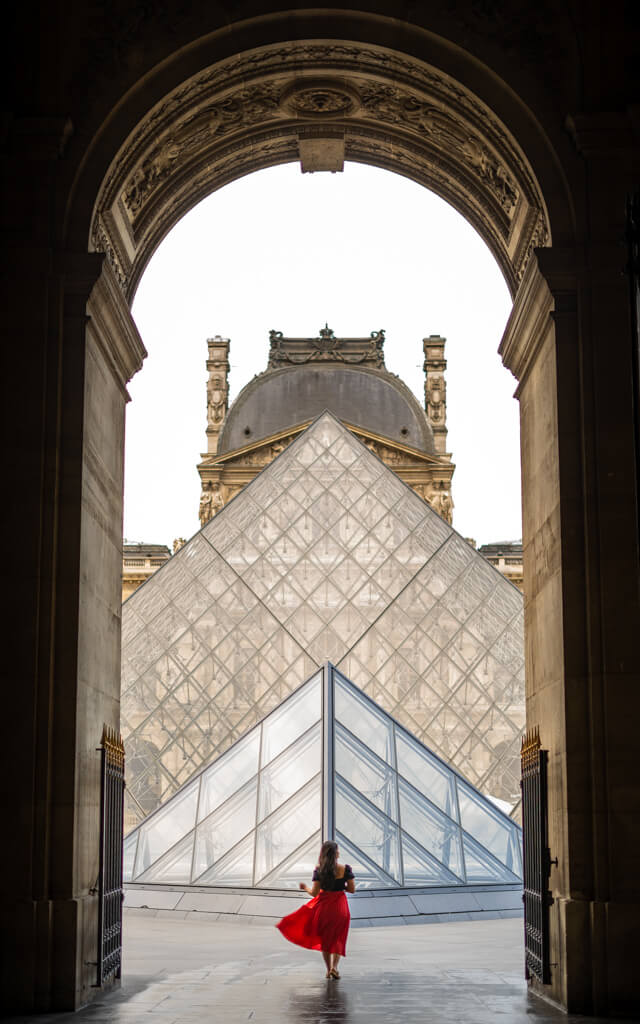
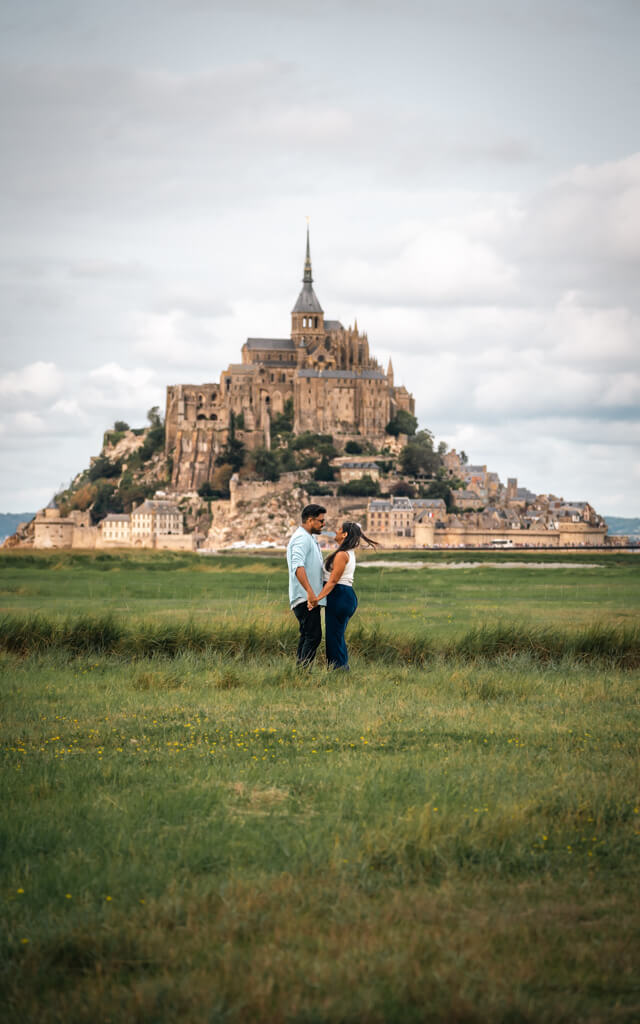
Why visit Paris? It’s an iconic city with marvellous attractions, history, art, food.
We took a Flixbus from Brugge to Paris and settled in an apartment because we were here a whole week. Which really wasn’t enough.
Yes, Paris can be dirty and full of pickpockets (my bag was stolen near the Eiffel Tower), but I cannot tell just how beautiful its attractions are. Some of them just blew my mind. And there’s so much to do in Paris. We spent 7 days here and there was still so much left to see. 7 days might sound long, but it also gave us time to just be in one place, because after two months of being on the road, we really craved slower days.
We spent 7 days devouring the delicious food Paris has to offer. So yes, despite, its faults, it’s a city that really can’t be missed.
Spain: 9 days


Why visit Spain: Colourful cities, vibrant culture and stunning architecture
We took a train from Paris to Barcelona to enjoy the wonderful city known for its modernist architecture with the most beautiful, strange and colourful buildings I’ve seen. We then took a flight (a better option is to take a train) down to Granada and explored Andalusia, the southernmost region of Spain. This region is starkly different from other parts of Spain, as the Moorish influence is evident here through its colourful tile work and serene courtyards in the architecture, palaces, mosques and the mesmerising dance form Flamenco!
- Barcelona: 3 days
- Granada: 2 days
- Ronda: 1day
- Seville: 2 days
- Madrid: 1 day
Fly out of Seville back to your homecity and if you have a layover in Madrid, you can explore that too. We actually did our Spain trip a bit differently, covering the same places. We explored Granada and Seville and then hired a car to drive down to Setenil de las Bodegas to Ronda, ending in Algeciras/Tarifa since we were to board a ferry to Morocco as part of our 6-month around-the-world itinerary.
Things we kept in mind when planning our European summer itinerary
- Season: We travelled to Europe from July 1 to September 10. July and August are the peak months for tourism in Europe because schools in Europe and the US have holidays during this time. So a lot of places can be crowded, pickpocketing is rampant, prices are high and hotels can sell out even 5–6 months in advance. It can also get extremely hot. However, we couldn’t have done it any other time, as this was part of a larger 6-month trip. Our expectations were set so we had a wonderful time regardless.
That being said, the ideal time to travel would be starting in May or late August–September, as the weather is still warm without crazy crowds or high costs. - Transport: Our 70-day Europe itinerary was made in a way that reduced our need for flights so that we could travel by train and bus only.
Flights in Europe can be cheaper than train travel at times on budget flights like RyanAir. But if you have even one piece of check-in luggage, it usually is not and should be avoided. Plus, it is more carbon-intensive. We only took 3 flights in all our time in Europe and actually needed to take only two—to Iceland and back. The last one we took because the train cost was extremely high for our days. It’s, of course, always better to be flexible.
Website to book trains: Trainline
Website to book buses: Flixbus and Busbud
Website to book multiple modes of transport: Omio
Sometimes to see certain regions in Europe, it can be best to rent a car to enjoy the place fully and make the most of time, like in the Dolomites (Italy), Tuscany (Italy), Andalusia (Spain), Croatia, Iceland, and Slovenia.
Websites for renting a car: Rentalcars.com and Discover Cars
In certain countries in Europe, it can be necessary to show an international driving permit to rent a car if you’re not from the European Union. We used an IDP from the International Driver’s Association, which we got very easily by applying online.
Website for getting an international driving permit: International Driver’s Association - Getting around within a city: Within the cities themselves, we usually used public transport like trams, buses, and metros and walked a lot. We only used Ubers in places where it was highly inconvenient to take public transport or when it wasn’t that expensive, e.g., Dubrovnik.
- Using maps to plan the route: On Google Maps, we marked the cities, regions, and countries that we really wanted to visit. And then we planned a route that worked best for us using land transport. You can do the same to alter the itinerary we’ve given below.
- You can’t go everywhere. There were a lot of countries and cities we wanted to visit, but we did not because it is simply impossible to go everywhere on one trip. For example, we did really want to visit Switzerland but even finding a stay was challenging and super expensive on our dates, so we skipped it for another trip. There are still plenty of places we want to visit in Europe.
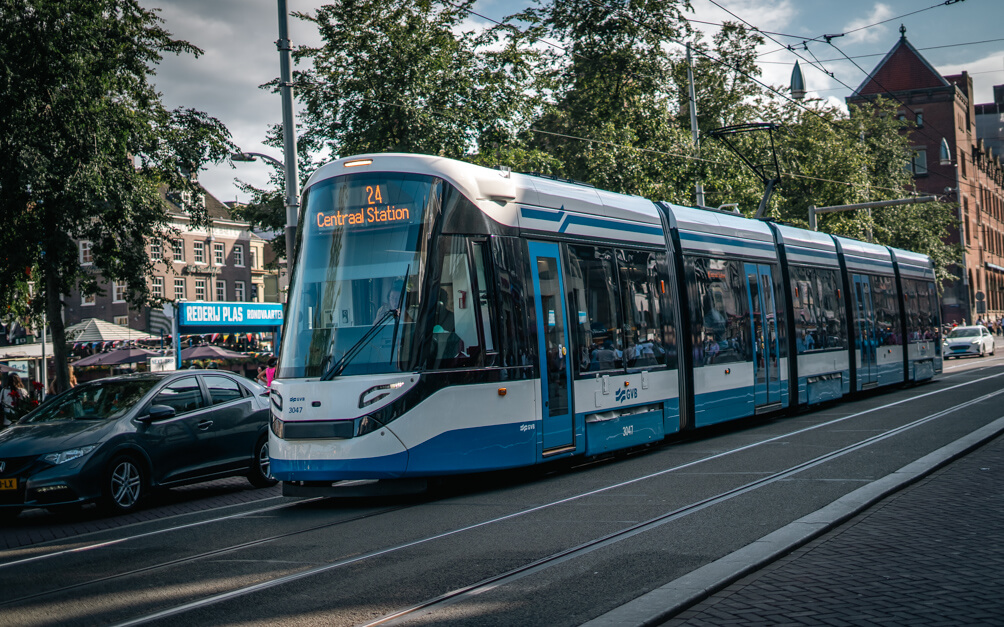
- Airbnbs and Hotels: We usually stayed in apartments with a kitchen so we could cook one light meal a day. In certain places, we knew we wouldn’t even think of cooking, so we chose whatever we liked best—an apartment or a hotel. Overall, it turns out that in Europe, apartments are much cheaper than hotels. You can also choose to stay in hotels, especially if you’re travelling solo. However, if you’re travelling as a couple, you’ll notice that apartments are cheaper than hostels.
Websites used to book hotels and apartments: Booking.com
Websites used to book apartments: Airbnb
Websites to book hostels: Hostelworld - Activities: We pre-booked all the major activities and entrances to attractions before we left from home because we were visiting during the peak season in Europe. It actually turned out to be a good thing because, while we were on the trip, we really didn’t have the time for research. I highly recommend purchasing tickets for major attractions beforehand, no matter which season you travel in; it will make things much easier for you.
Websites used to book activities and entrance tickets: GetYourGuide and Tiqets - Mobile Data Plan: For mobile data connectivity, we took unlimited data plans by eSIM providers. We had good connectivity in all Schengen countries at a reasonable price.
Websites to buy eSIMs: Airalo and Holafly - Luggage: Since we knew we’d be visiting multiple cities, it would be best to travel as light as possible. Although it is ideal to travel carry-on only to save on flight fares and with backpacks to be able to carry luggage easily while walking on cobbled streets and stairs, we knew we couldn’t do this. We knew we would have to check in our luggage because we have a full bag of camera gear and another with our laptops and neither of us enjoys carrying heavy backpacks.
So we carried two small backpacks for the items mentioned above and one medium-sized suitcase with all our clothes weighing less than 23 kg so that we’d have to check in only one piece of luggage on flights and it would be below the max weight limit. You can read our long-term travel packing list for men and women here. - Luggage Storage: When following an itinerary like this, it may so happen that you will be in a city for only half a day or may have to check out from your Airbnb much before your train to the next place and so on. In such cases, you will need a place to store luggage. You can do so at the train station itself or at the airport if luggage storage is available. You can also use an app like Radical Storage to find a place to store luggage anywhere near you. We found it to be super helpful during our trip.
- Cost of travelling to Europe: Expect to spend as given below, though do note that the expenses noted do not include the cost of to-and-fro international flights from your home country, visa, and insurance!
Budget Traveller: Euro 70–100 per day per person. It can be cheaper if you’re super frugal, don’t do any paid activities, cook your meals, choose cheaper countries and couch surf.
Mid-Range Traveller: Euro 100–200 per day per person. We fall into this category and spend less than €150 a day! So if you follow everything mentioned above, you’ll probably spend this much
Luxury Traveller: Euro 350 and above. In Europe, the cost of luxury is relatively high. Simply booking a decent hotel can cost upwards of 200 euros a night and if you eat all meals well, then honestly, the sky is the limit with how much you’ll spend.
Next>>>> Read our world trip posts
This blog post on the ‘10 weeks in Europe itinerary’ has affiliate links that enable us to earn a small commission when you make a purchase, with no extra cost to you. We only recommend products that we like and those that might interest you. If you like any suggested product, do buy from the given links.

